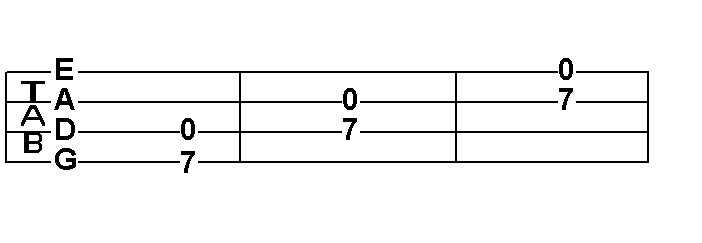Mike Moxcey ©2005
Mandolin Tuning
The mandolin is a descendant of the lute. Varieties of the instrument are played all over the world. The mandolin has 4 pairs of strings. When you pluck a string, you generally pluck both strings in a pair and consider them as a single unit. The doubled strings is what gives a mandolin its special sound. But some people split the strings and fret each one differently to get even more sounds. That is an advanced technique
The mandolin is tuned in fifths like the violin:
G D A E from the 4th string to the first.
Every string is tuned to the 7th fret of the next lower string.
-
The basic tuning strategy is to
- tune the 4th pair of strings, the heaviest ones, to a G note from a piano or tuner or pitchpipe or some other device.
-
Then you fret the 4th strings at the 7th fret and tune the 3rd pair of strings to that note (D).
-
Then you fret the 3rd strings at the 7th fret and tune the 2nd pair of strings to that note (A).
-
Then you fret the 2nd strings at the 7th fret and tune the 1st pair of strings to that note (E).
Here is what the tuning notes look like in tab. For each pair of doubled notes, the open string is the one you’re trying to tune and the fretted one is the note you strike first to hear what the open string should sound like.

The horizontal lines on the tab are strings.
The bottom line of the tab stands for the top pair of strings on the mandolin.
The top line of the tab stands for the 1st pair of strings of the mandolin, the pair that is closest to the floor.
The numbers mean to pluck a string.
“0” means pluck it open (unfretted).
A number means to fret the string at the appropriate number and then pluck it.
Techniques Index
